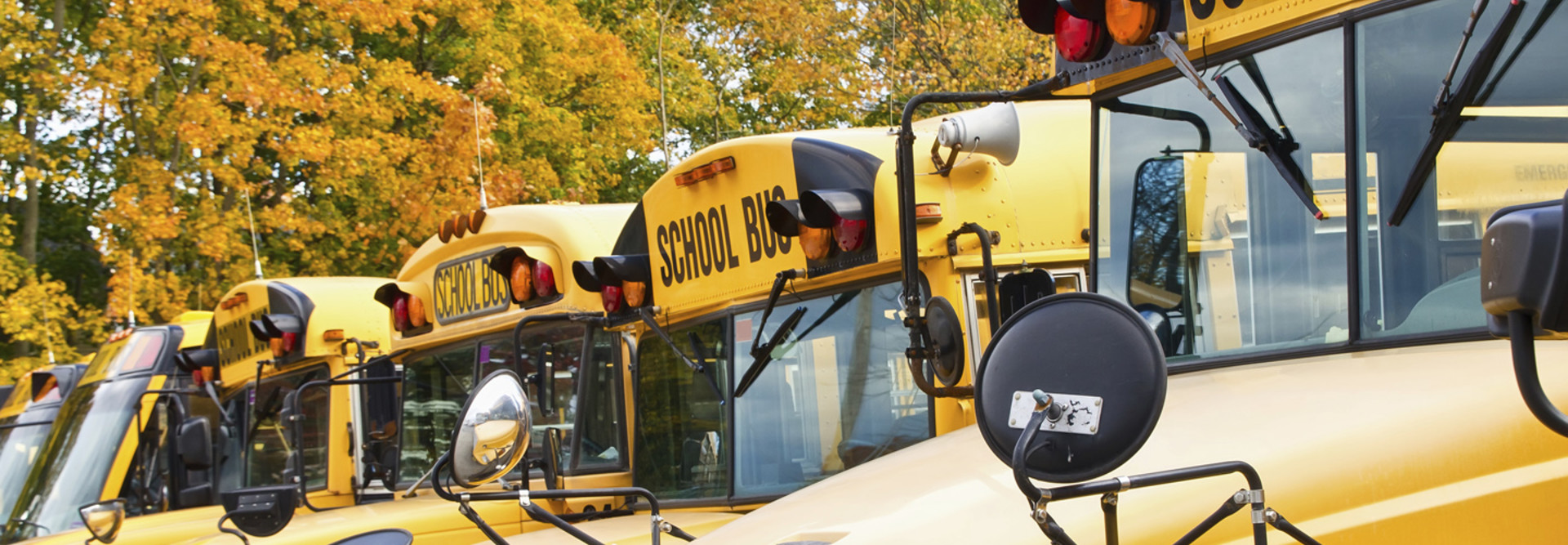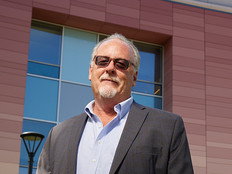Schools Beef Up Security and Communications Technology on Buses
Since the late 1990s, South-Western City School District, a system of 31 K–12 schools in central Ohio, has been upgrading its safety and security technology and procedures — everything from video cameras to lockdown drills — to keep its students and staff safe.
But the district plans go beyond campus boundaries. Before 2009, district bus drivers' radios operated on an ultrahigh frequency (UHF), while building radios operated on a very high frequency, so they couldn't communicate, explains Executive Director of Communications Sandra C. Nekoloff. There also were radio dead zones in the schools, as officials learned during a 2011 tornado warning, when students and staff in tornado-safe areas couldn't communicate via radio.
Knowing they had to upgrade their radios to meet future Federal Communications Commission narrowbanding requirements, district leaders began working to re-engineer the radio system. They switched to two-way Motorola radios that all operate on UHF. Each bus driver has a digital radio with a global positioning system to locate buses in emergencies and a direct channel to the police department.
School building employees, meanwhile, use two types of radios. Most carry analog radios, but administrators and school resource officers use two-way radios that can be switched to digital mode, which offer greater range and functionality, during emergencies.
To support the new system, the district replaced its old radio tower and antenna with taller ones, thereby eliminating dead zones in remote spots.
"We are doing everything we know to keep our students and staff safe while they're at school," Nekoloff explains.








